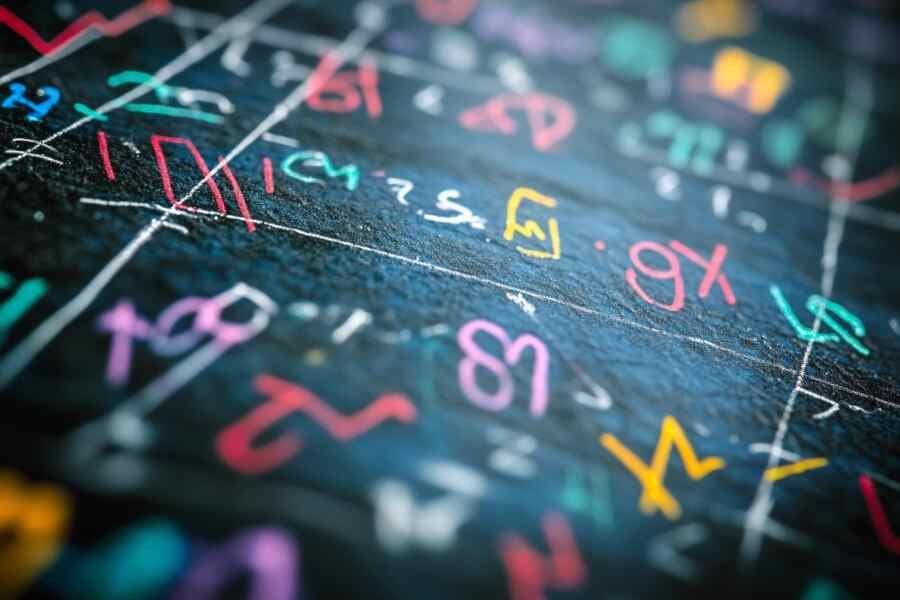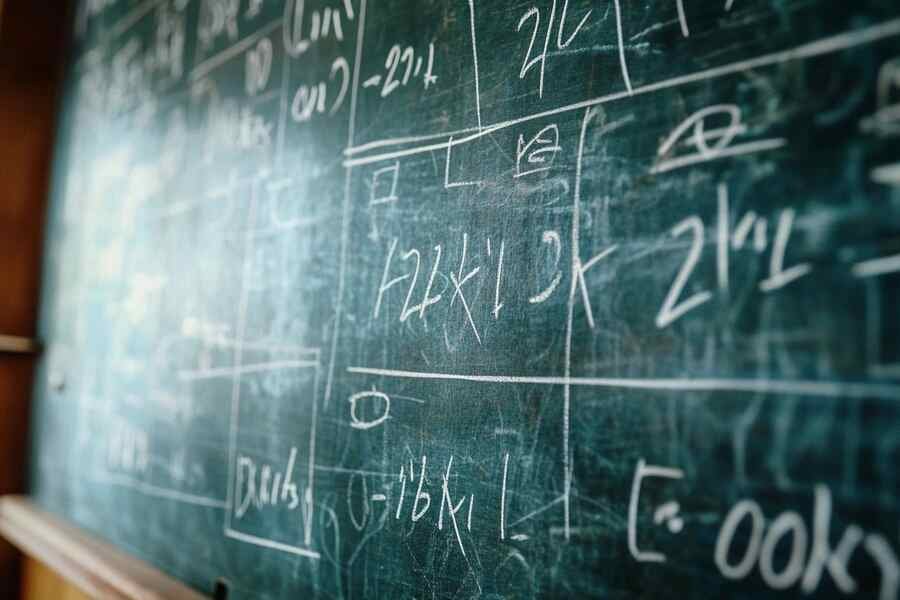Math Product
A math product is the result of a multiplication, or an expression that identifies the factors to be multiplied. The order in which real or complex numbers are multiplied, as well as how these terms are grouped, does not matter; thus any permutation of the terms does not modify the result of the product. These properties are known as the commutativity of the law of multiplication and associativity.
We call the product of whole, real, complex or other numbers the result of their multiplication. The multiplied elements are called the factors of the product. The expression of a product is also called “product”, for example writing 3a of the triple of the number a is a product of two factors, where the symbol for the multiplication is implied.
The order in which real or complex numbers are multiplied, as well as how these terms are grouped, does not matter; thus, no permutation of terms modifies the result of the product. These properties are called commutativity of the law and associativity of the law of multiplication.
Multiplications of objects such as vectors and matrices (matrix product, tensor product, etc.) are, however, not commutative.
In the operation “5 × 9 = 45”, the number 45 is the product and the numbers 5 and 9 are factors.
In the operation “0.3 × 0.25 = 0.075”, the number 0.075 is the math product.
Math product term refers in a very general way to the result of a multiplication operation whose arguments can be numbers, algebraic expressions, sets, vectors, functions, etc. If the multiplication has numbers as arguments, it will be the arithmetic product of two numbers. If the arguments are algebraic expressions, it will be the algebraic product.
Simple cases and notations for math product
Principle for decimal integers
In the case of integers, multiplication amounts to making identical additions, for example:
7 + 7 + 7 + 7 + 7
can be noted
5 × 7
In this case, the result is 35. As the number 7 is repeated 5 times, we can say “5 times 7” and since the order of the factors does not influence, we also say “7 times 5”.
This operation can also be noted
5 . 7 = 35
or
5 x (7/5)
Read also: Mean Mathematics | Examples, Questions and Answers
When we multiply unknowns, we can simply add the symbols to mark the multiplication:
the multiplication of a by b can be noted indifferently a × b, a · b or ab.
In computer programming, languages generally use the asterisk “*” (star sign):
5 * 7
The result can be obtained:
by successive additions (frequent for small numbers, but quickly unusable)
by a multiplication table
by executing an algorithm (head-on, by hand with a writing instrument, or using a computer). There are methods for this which are part of the cultural background, and others which are objects of research.
Read also: How To Calculate Percentage | Formulas, Examples, Questions and Answers
Principle for decimals
A decimal number is an integer which has been divided by a power of ten (1 – it is then an integer -, 10, 100, 1000…). The distributivity of the multiplication on the division allows to calculate the multiplications of decimal numbers like that of whole numbers:
we ignore commas and multiply numbers as if they were integers;
the number of decimal places of the final result is the sum of the number of decimal places of the multiplicand and the multiplier.
For example :
to calculate 5.3 × 0.21
we calculate 53 × 21, which gives 1113;
the multiplier has one digit after the decimal point, the multiplicand has two, so the result has three (1 + 2): the end result is 1.113.
Questions and Answers for Math Product
When an expression includes several operations, one may wonder whether it is a sum or a product.
2 + 3 × 4
It is a sum because:
we start the calculation by multiplication, it takes priority: 3 × 4 = 12;
the addition is carried out: 2 + 12 = 14.
Rule: to know if an expression is a sum or a product, we look at the last operation to perform while respecting the priority rules:
if it is an addition or a subtraction, the expression is a sum;
whether it is a multiplication or a division, the expression is a product.
Examples:
• 2 + 3 + 4 × 4 =
2 + 3 + 16 =
5 + 16.
This is an addition, so the expression 2 + 3 + 4 × 4 is a sum.
• 2 × 4 – 25 ÷ 5 =
8 – 5.
This is a subtraction, so the expression 2 × 4 – 25 ÷ 5 is a sum.
• (2 + 3 × 4) ÷ (5 – 2) =
(2 + 12) ÷ (3) =
14 ÷ 3.
This is a division, so the expression (2 + 3 × 4) ÷ (5 – 2) is a product.
Sources: PinterPandai
Photo credit: TheKarenD / Flickr (CC BY-NC 2.0)



